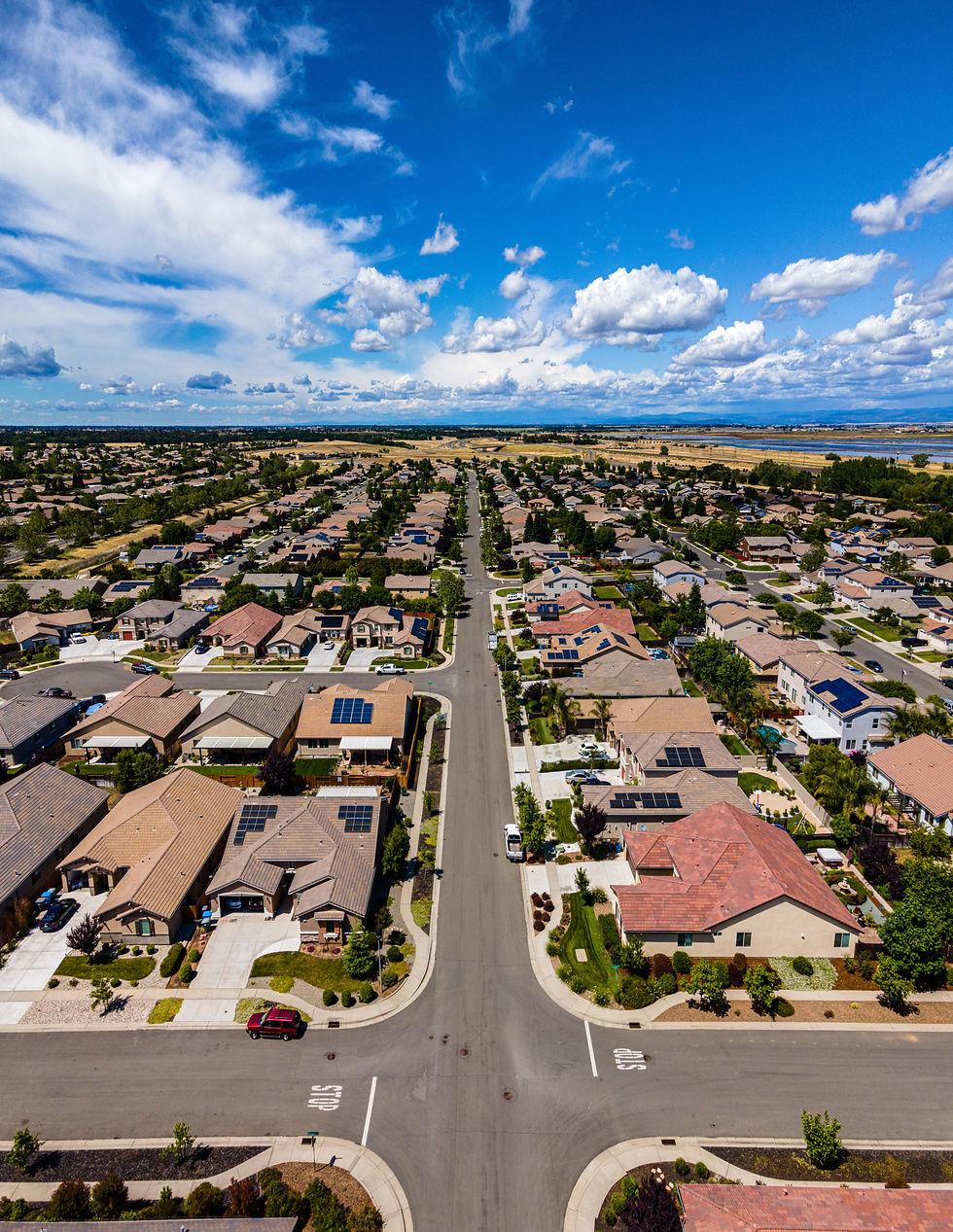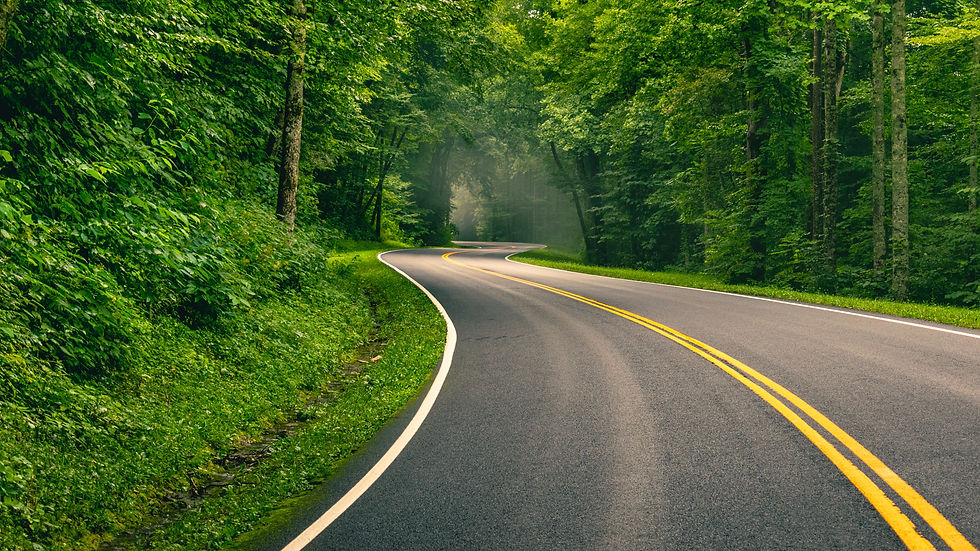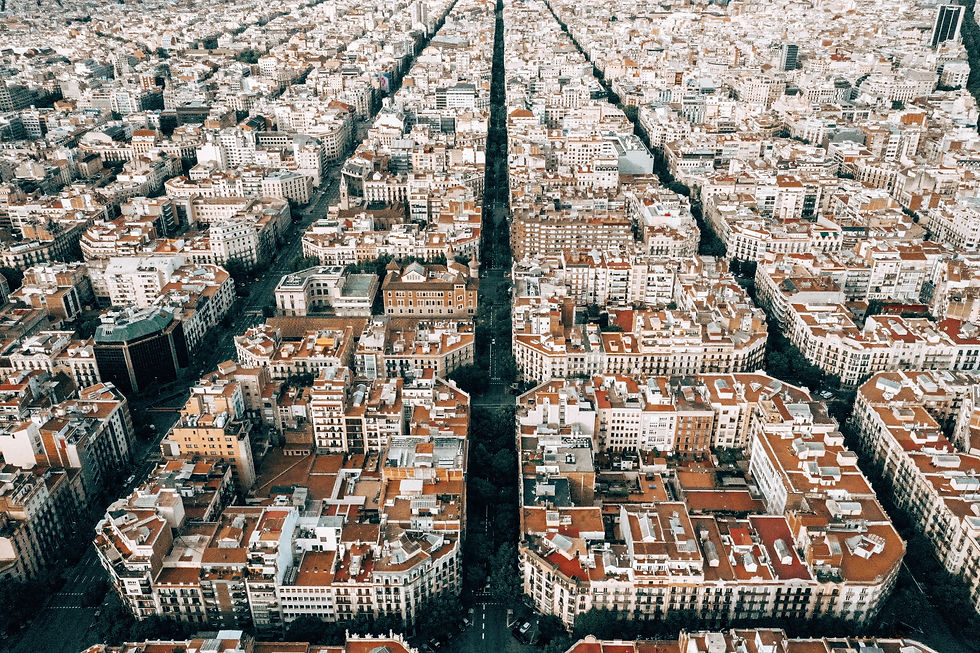
The state of affairs

There is a huge contrast between American and European cities in terms of urban design and planning. A large number of European cities developed and grew organically long before the invention and growth of the motor vehicle which has resulted in many European cities having tight compact and winding walkable city centres meaning it is difficult to accommodate cars in the centre. , In contrast, many American cities grew and developed after the advent of the motor vehicle in conjunction with the allocation of land based on a grid system resulting in many US cities roads and blocks being based on that grid system. As a result, large swathes of American cities are dedicated to parking, highways and asphalt.
Freedom, white flight and the motor vehicle
The post-war years
Following the end of the Second World War, there was a dramatic change to the dynamics of major cities especially those in the USA. A number of policy initiatives such as "homes for hero's" where affordable housing for returning soldiers was a priority. The highways act sought to better connect the country and provide better access to motor vehicles to downtown. These policies helped to found the suburbs (residential satellite towns of large metropolitan cities) creating a self-fulfilling prophecy, poor public transport planning drove the demand for car ownership which in return led to falling ridership and led to a reduction in routes and services and the downward spiral continues.
A large amount of growth in the suburbs was due to "White flight" following the post-war years many dense urban areas saw an increase in crime or at least the perception of increasing crime. This event was underpinned with racial undertones resulting in large numbers of white families moving out to the suburbs where back families were often heavily restricted from buying property.
Freedom

The big car makers of Detroit in collusion with the big oil companies promoted the idea of the motor vehicle as an expression of freedom and successfully ingrained car ownership into The American psyche. The Automobile came to represent success, freedom and the ability to determine one's own actions. It became embedded in the "American Dream" to own a car and buy a house with a picket fence in the suburbs.
The future
Pollution and congestion
The growth of urbanisation poor planning and massive growth in car ownership has increased pollution and traffic congestion which has led to many cities such as London taking actions such as taxes for driving in the city through the "congestion charge" at the same time increasing public transport options. These actions coupled with investment in public transport aim to reverse decades of underfunding and give commuters real alternatives to using their cars.
Not just London
Other major cities such as Los Angeles and Vancouver are also seeing major investments in rapid transit systems and reorganisation to make their systems more efficient and usable. Some American cities have begun experimenting following the downturn in retail and leisure in city centres as those options have increasingly moved to malls and out of town retail parks. By closing some central streets to motor vehicles and creating pedestrian zones they hope to emulate the feel and draw of cities such as Amsterdam.
Barcelona
The superblock

Barcelona has reorganised many of its city streets to create superblocks. A superblock is a city block surrounded by main arterial roads for motor traffic. Within the block, the streets are either pedestrianised or for local (no through traffic). Each of the blocks contains a mix of development including retail, residential, commercial and public services such as schools, libraries and clinics.
Public transport has also been recognised focusing on several major routes running North to South and East to West making it easier and more convenient to transfer and get to where you're going.
The writer of this article lives in Kyiv, Ukraine and many aspects of this Barcelona model are also present here from the soviet era. The "micro-region" where the writer lives contains many of the things necessary for living in a big city. I can walk 10-15 minutes to the supermarket, schools, banks, pharmacy, bars and restaurants.
While we look to renewable energy and specifically electric vehicles to solve many of the issues of urbanisation it is important to look at the picture holistically. Looking at the way we design urban environments can help cut down on unnecessary journeys can help cut our energy demands. Creating green car-free spaces where facilities and amenities are close to hand may encourage people to use other modes such as walking or cycling to get around their local neighbourhoods.
Cities shouldn't forget or look to cut a well funded integrated public transport system. Such systems such as those in London or New York (which see low levels of car ownership) demonstrate that given viable alternatives many residents will opt for public transport for longer journeys over private transport options.
We'd love to hear your views. Write to us on social media or click below to find out how to discuss this and other STEM topics with us.
References:
https://unsplash.com/


תגובות